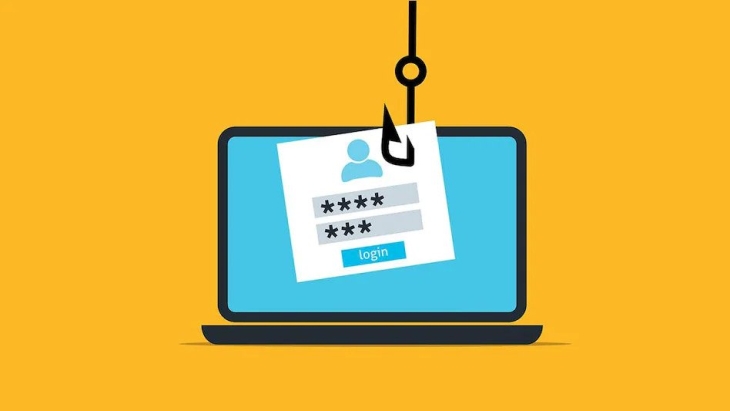The State Bank of India (SBI) has forewarned its clients to safeguard themselves from phishing. The bank has recorded nitty-gritty phishing anticipation rules. They are planned so that seems as though they have come from notable and confided in organizations, monetary establishments, and government offices, with a fraud expectation to gather individual, monetary and touchy data. To report a dubious email that utilizes SBI's name, you can write to report.phishing@sbi.co.in.
Strategies in a ' Phishing ' assault
• Phishing assaults utilize both social designing and specialized deception to take clients' very own personality information and monetary record certifications.
• Client gets a false email apparently from a real Internet address.
• The email welcomes the client to tap on a hyperlink given via the post office.
• Click on the hyperlink guides the client to a phony site that appears to be like a veritable site.
• Typically, the email will either guarantee an award for consistency or caution of an approaching punishment on a rebelliousness.
Don'ts
• Try not to give any data on a page which could have come up as a spring-up window.
• Never uncover by means of instant message any private data, including account numbers, passwords, or any mix of touchy data that could be utilized deceitfully.
• Never give your secret word via telephone or because of a spontaneous solicitation over email.
• Continuously recall that data like the secret phrase, PIN, TIN, and so on are totally classified and are not known even to representatives/administration workforce of the Bank.
Do's:
• Continuously log on to a site by composing the legitimate URL in the location bar.
• Give your client id and the secret phrase just at the verified login page.
• Prior to giving your client id and secret key if it's not too much trouble, guarantee that the URL of the login page begins with the text 'https://' and isn't 'HTTP://'.The 's' means 'got' and demonstrates that the Web page utilizes encryption.
• Kindly additionally search for the lock sign at the right lower part of the program and the Verisign declaration.
• Give your own subtleties via telephone/Internet provided that you have started a call or meeting and the partner has been appropriately confirmed by you.
• Kindly recall that the bank could never request that you check your record data through an email.
Image Credit: Business Today
